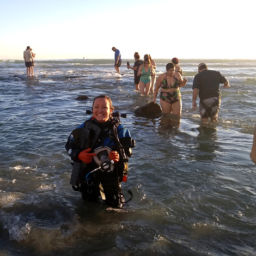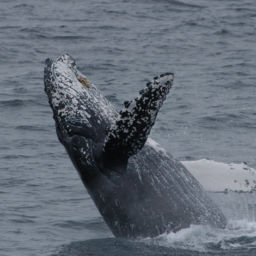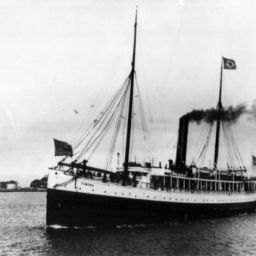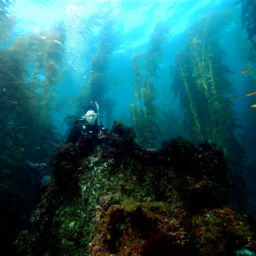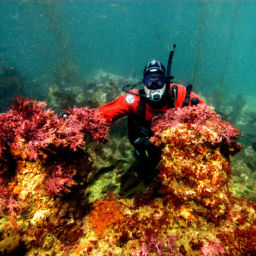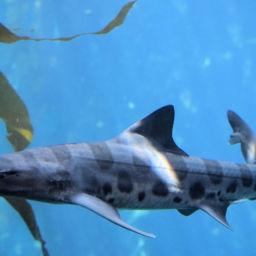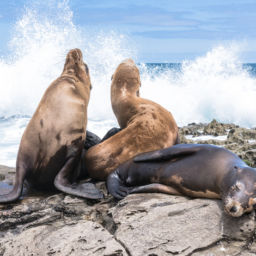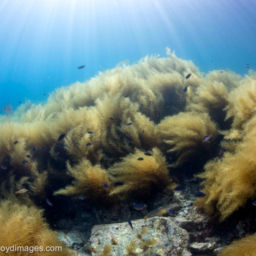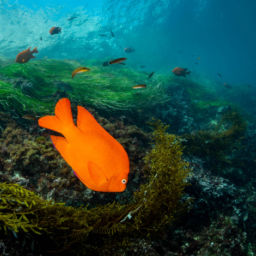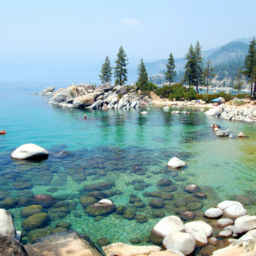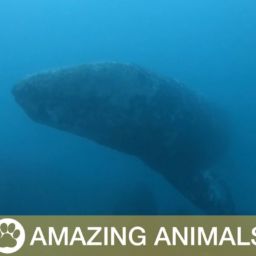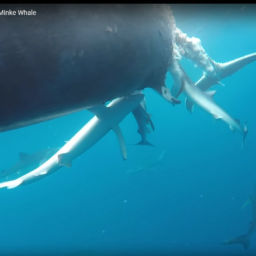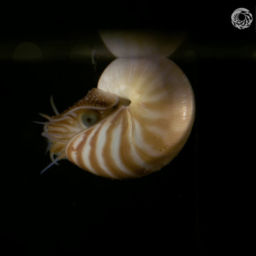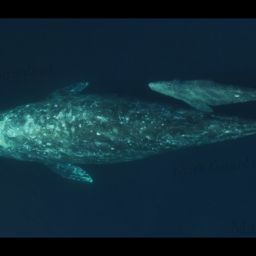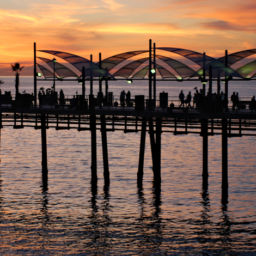Offering countless kelp forests and hidden coves, California’s Channel Islands are packed with epic dive locations, including the southern Channel Islands kelp forests. Made up of eight islands running along the Southern California coast, islands range from 98 square miles (254 km) to tiny Anacapa Island, which measures only one square mile (1.6 km) in size. Five of the eight are part of the Channel Islands National Park, making up the Channel Islands Marine Sanctuary.
The Channel Islands are made up of two island groups and dozens of dive sites. On this trip we stuck to the southern islands, as the conditions looked most promising there. These islands, called the Santa Catalina group, are separated from California by the San Pedro Channel and the outer reaches of the Santa Barbara Channel. They include Santa Barbara, San Nicolas, Santa Catalina, and San Clemente Islands.
Channel Islands ecosystems
The history of this archipelago stretches as far back as 7500 BP. Today, these prized dive areas stretch 150 miles (240 km) along the Pacific coast, offering marine habitats found nowhere else in the world. Divers can visit coves acting as sea lion rookeries, walls, seagrass beds, caves and swim-throughs, rocky patches filled with bristle stars, sea mounds and pinnacles, and much more. It truly stands as a divers paradise, only a short boat ride away from mainland California.
One of the most iconic landmarks of the Channel Islands is their giant kelp forests, nearly impenetrable by boat, divers must descend beneath the canopy to discover what adventures await them in the low light of the kelp forest. The unique location of the Channel Islands leave it exposed to both cold water currents from the North, while also receiving warm water currents from the South, creating a productive ecosystem with high marine abundance and species diversity. Kelp forests range from Alaska South to Baja California, but those hidden throughout the Channel Islands stand as a benchmark for this diverse, yet threatened, ecosystem.
Diving the Channel Islands
The first island on our journey is San Clemente, which sits only 41 miles (66 km) from the mainland and is owned and administered by the U.S. government. Charter companies maintain contact with the U.S. Navy to determine if the island is open to diving activities before traveling here. The southern end of this 21-mile long (34 km) island holds some very well-protected kelp forests, booming with all kinds of life, from large animals like bat rays and giant sea bass, to gorgonian fans the size of a table. From San Diego ports, it takes about six hours to reach San Clemente, but divers are rewarded with consistently warm, clear waters, teeming with life. Many sites are suitable for all levels of divers, from novice to advanced.
Located almost 30 miles (48 km) south of Long Beach and to the north of San Clemente, Santa Catalina Island is the second stop on our southern Channel Islands expedition. Lush kelp forests surround the island, which is home to large populations of giant sea bass. Although Avalon dive sites are easily accessible to local shore divers, many exciting dive sites require a boat, such as the famed Farnsworth Banks.
Being the most remote of the Southern Channel Islands, St. Nicolas is also the least visited of the bunch. Don’t let this fool you — St. Nicolas holds some of the most pristine kelp forests in all the Channel Islands, booming with gorgonians, schooling fishes, loads of lobster, and even some of the larger creatures such as tope sharks and giant sea bass.
Finally, Santa Barbara Island is known as a divers’ paradise, but it is also home to the largest breeding colony for Scripps’s murrelet, a threatened seabird species. The surrounding island habitat is of critical importance, which has led the state to implement a marine reserve, designated to increase the natural abundance of the island. The Southwest portion of the island, including Sutil Rock, is host to kelp forests filled with sea bass, sheepshead, harbor seals, sea lions, leopard sharks and a multitude of other creatures nestled among the thick strands of California giant kelp.
Channel Islands quick facts
Water Temperatures: 65-70 F (18 to 21 C) in summer; 50-52 F (10 to 11 C) in winter
Exposure Protection: 7mm wetsuit with hood or drysuit
Visibility: 60 to 100 feet (18 to 30 m) in summer and fall; 40 to 60 feet (12 to 18 m) in winter and spring
Must-dive sites: Twin Peaks, Pyramid Head, Farnsworth Bank, The Boiler, Sutil Island
When to Go: July to November; the islands are only accessible via boat unless you are shore diving from Catalina. Make sure to check current closures from the U.S. Navy.
Find more by Frankie Grant at his website.














